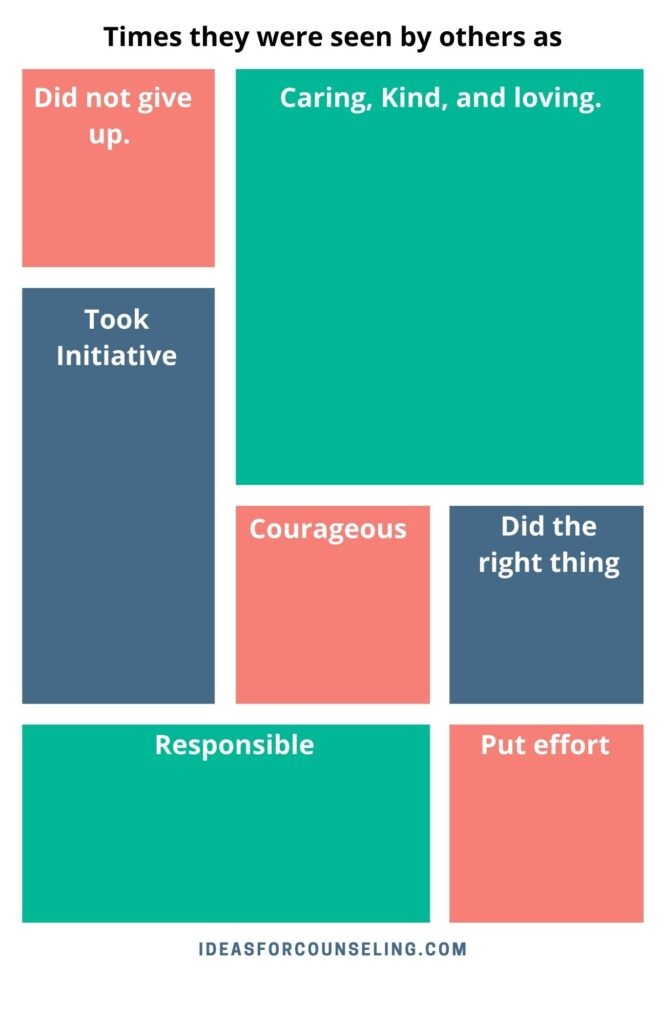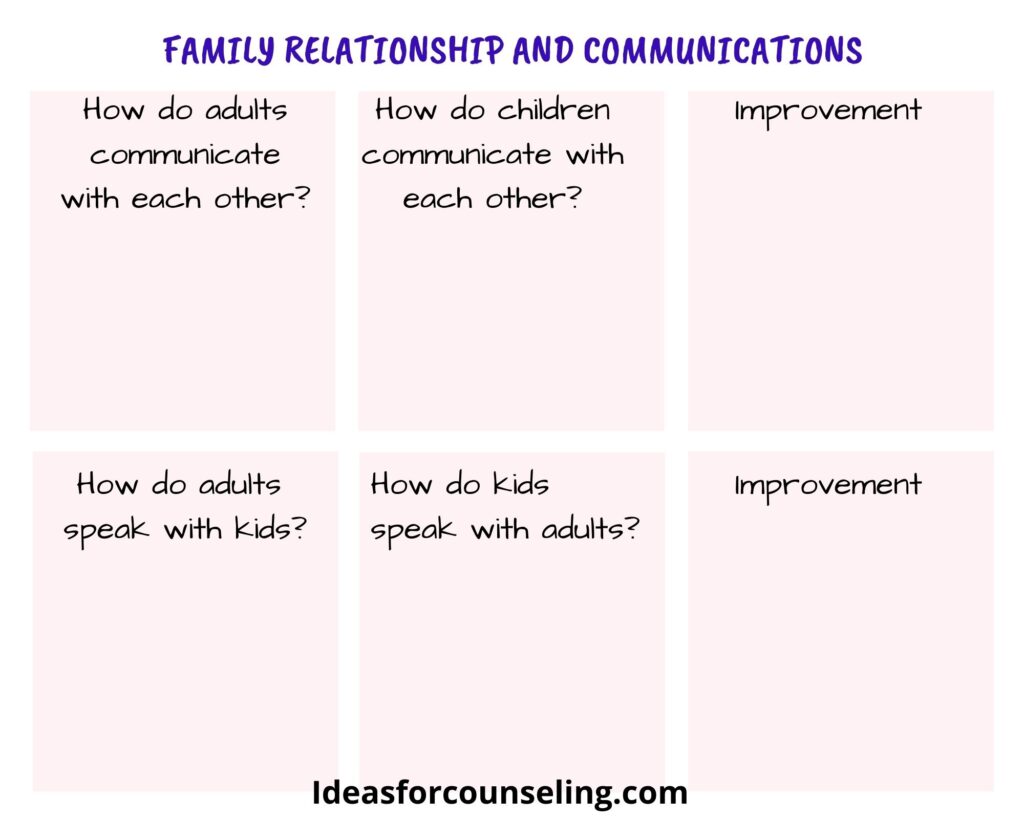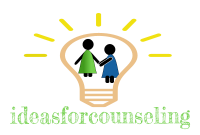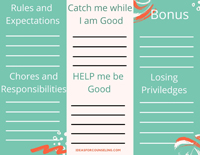Family Therapy
This is my favorite session. I am not sure if it’s because of me working at an agency where I learned about Strategic Family therapy, or if it’s because of my belief in the importance of family and human connection for a human being. But I really enjoy family therapy. So, I usually start with the same as I do for other sessions.
- Family members share anything positive that occurred in recent weeks.
- Family members start sharing what kind of person they want the client to be (integrity, respectful, educated, hardworking, kind to others), and what events already shows that they have these qualities?

Parenting
I also have discussions about the importance of the families coming to the session and how they can help the client. Once I am done sharing my goal of bringing them into the session. Then I ask them what kind of changes they are willing to make not only for themselves but also for others?
- Healing as a family: You can heal the child if you heal everyone in the family.
- Role model: Improving the child’s communication, and relationship skills with family members can help them deal with others and survive the world. You are the role model.
- Lifting them up: Families being aware of how they interact with the child can really help them improve their self-esteem, support the child, and also help them achieve their treatment goals.
- Using the expert power: Families live with each other 24- 7 daily, and are an expert on each other, and know what really can help bring change.

FAMILY RULES AND CONVERSATIONS:
Then I have the conversation about what is the meaning of family, what constitutes and purpose of the family.
- Rules and responsibilities: I discuss how a child who has not been taught any rules and responsibilities survive in the world. This can create a really interesting topic for the family. Then ending with rules and responsibilities from the parents.
- Rewards and consequences: Through rewards and consequences, the children are taught to handle their inner talk in their head. It can help them find motivation and practice impulse control.
- Help me be good: This is definitely my favorite part. Not every child will have the courage to share what support they want their parents to change. So, this can be a wonderful opportunity to have the parents think about what they might have to do be help their children make better choices. or, sometimes I stop the children from speaking and ask the parents what their children might say.
- Catch me while I am good I would really recommend reading the book Transforming the Difficult Child by Howard Glasser. The book talks about not giving “energy” to the past (mistakes and rules broken). But energy is given to the qualities that the parents want to see their child have(when the children do what they are supposed to do). “Instead of waiting for your child to break rules, you are now the ruthless opportunist who proactively fixates your attention, deliberately and determinedly, upon even the smallest steps in the direction of success”. https://childrenssuccessfoundation.com/shop/transforming-the-difficult-child-the-nurtured-heart-approach/
- Improving individual hearts, communication, and relationships: The next part is my favorite part to discuss improving relationships, communications, and each other’s hearts. This is where the families talk about each other, how much they know each other, and how can they improve their relationships.

Self esteem pot
I really love this book Peoplemaking by Virginia Satir. She is truly a genius. I definitely recommend this book. I even have the families read some of the chapters.
Self-esteem: A chapter from the book describes elegantly, how “Integrity, honesty, responsibility, compassion, love- all flow easily” from the person whose self-esteem is high. The worksheet below talks about checking in with our pot. (If our pot is full, our self esteem is full; and if our pot is empty, then our self esteem is empty).
Communication skills: 4th chapter talks about how “communication is the largest single factor determining what kinds of relationships” a person has with himself and others.
Both of these topics of self-esteem and communication usually leads to the next session. So, if the families are honest with each other about how they feel because of their interaction with each other, I also have them fill out the worksheet below.


